Everything about Damascus Steel: history and types | SBC101
Damascus Steel has a name that evokes the fantasy world of Game of Thrones. For almost two thousand years, this steel has been admired for its high quality and flawless performance. Some people even claim that a Damascus Steel sword could slice a human hair!
Before you embark on a heroic journey to find some of this legendary steel, you might want to learn more about its origin and history, and what makes it so desirable and respected.
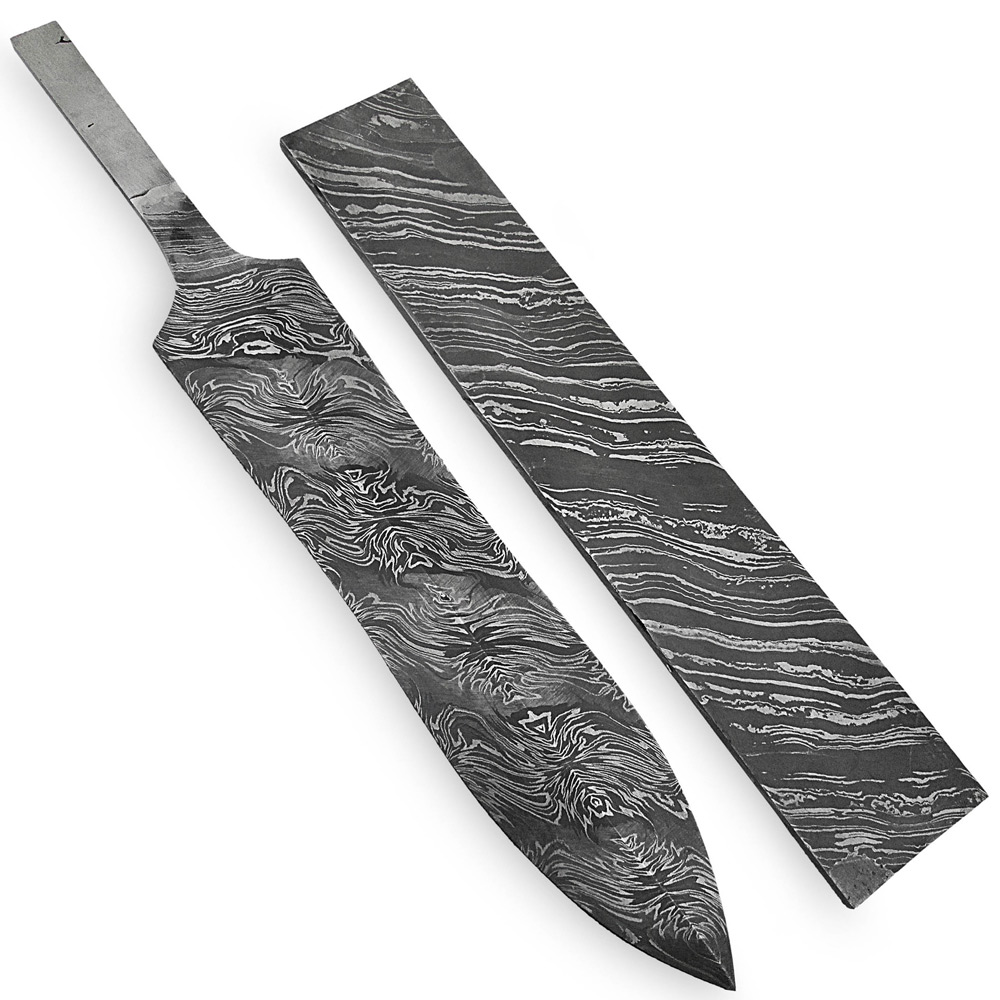
What is Damascus Steel?
Damascus steel is a type of steel that was used to make swords and knives in the ancient and medieval times. It is famous for its distinctive pattern of wavy bands on the surface, resembling water or wood grain. It is also known for its exceptional hardness, sharpness, and toughness, making it a superior material for weapons.
The origin of Damascus steel is shrouded in mystery and legend. Some historians believe that it was first made in India or Sri Lanka, where a special kind of iron ore called wootz was found . Wootz was an alloy of iron and carbon that had a high carbon content and contained impurities such as vanadium, chromium, manganese, cobalt, nickel, and tungsten. These elements gave wootz its unique properties and appearance.
Wootz was exported to the Near East, where it was forged into blades by skilled smiths. The forging process involved heating the wootz ingots to a high temperature and then hammering them into shape. The repeated heating and cooling cycles caused the carbon to segregate into bands of different concentrations within the metal matrix . This created the characteristic pattern of Damascus steel, which varied depending on the technique and skill of the smith.
Damascus steel was highly prized by warriors and rulers for its beauty and quality. It was used by Islamic armies during their conquests in Asia, Africa, and Europe. It was also sought after by European crusaders who encountered it on the battlefield. Some famous examples of Damascus steel swords are Zulfiqar (the sword of Ali ibn Abi Talib), Shamshir-e Zomorrodnegar (the sword of King Solomon), Dhu al-Fiqar (the sword of Husayn ibn Ali), and Al-Ma'thur (the sword of Muhammad).
The production of Damascus steel declined after the 18th century due to several factors. One reason was the depletion of wootz sources in India and Sri Lanka. Another reason was the introduction of new weapons such as firearms that made swords less effective in warfare. A third reason was the loss of knowledge and skill among smiths who could not replicate the original methods or secrets .
Today, Damascus steel is still admired by collectors and enthusiasts who appreciate its history and artistry. Modern Damascus steel is made by welding together layers of different types of steel with varying carbon contents. The welded billet is then twisted, folded, cut, or forged to create patterns similar to those found on ancient blades . Modern Damascus steel may not have exactly the same properties or composition as its ancient counterpart but it still retains some of its charm and allure.
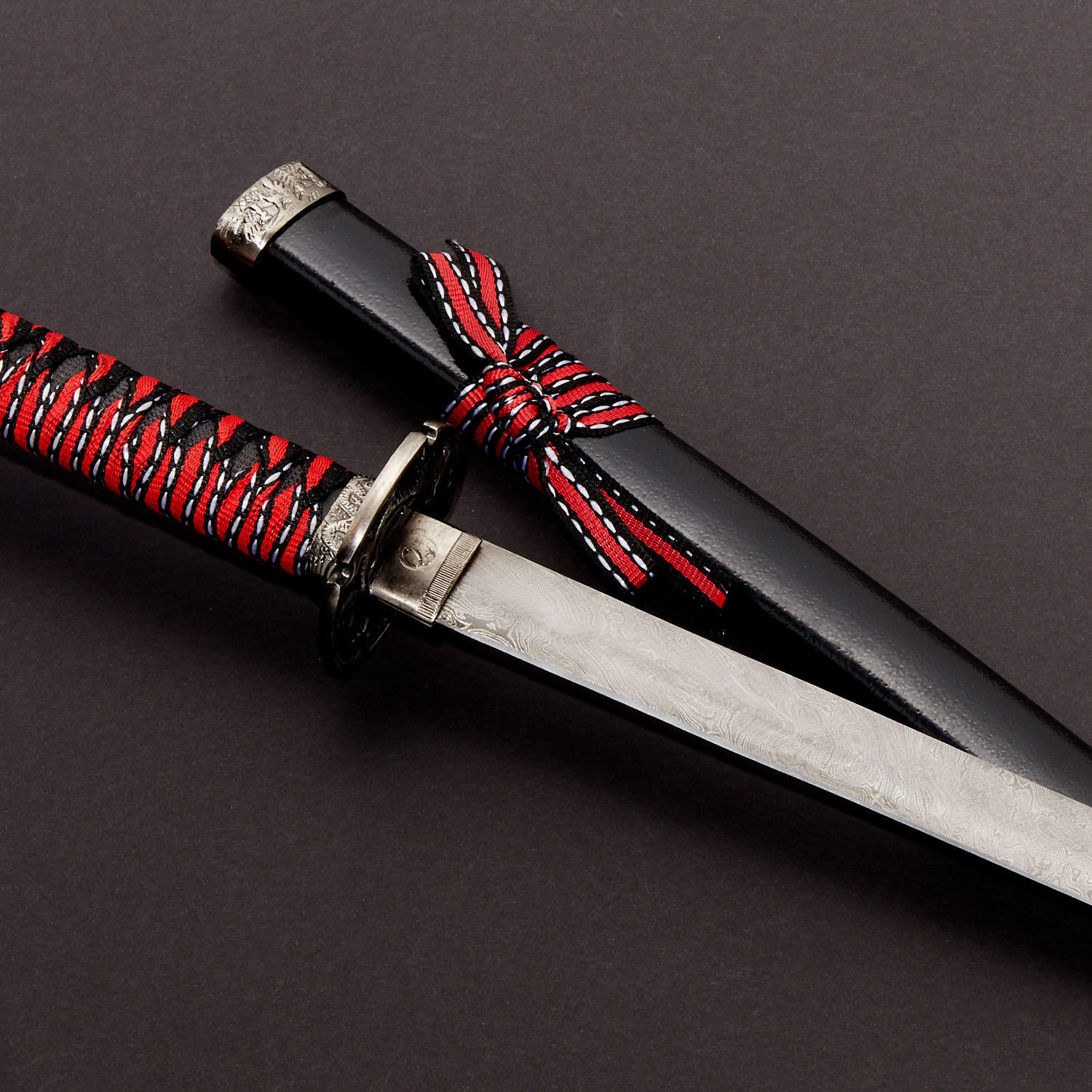
Why Damascus Steel is so special?
The unique origins and journey of Damascus steel makes it historically relevant, but it also had a number of qualities that made it unusually sought after throughout history. Although there isn’t any firm evidence about the exact process of Wootz steel ingot production, it is believed that woody biomass, leaves and other iron alloys were used in the process to carburize the material. By increasing the carbon concentration of the steel (to approximately 1-2%), it would leave behind carbon nanotubes within the metal, which can be derived from plant fibers.
As opposed to other forms of metal in use at the time, Damascus steel also had some degree of hyper-plasticity; this means that the swords forged from this metal were able to bend without breaking, and return to its original form. It was reputed that the edge of such blades could also be refined to an unusually sharp and durable edge. In an age before sophisticated armor, this sort of advantage made this type of steel extremely valuable.
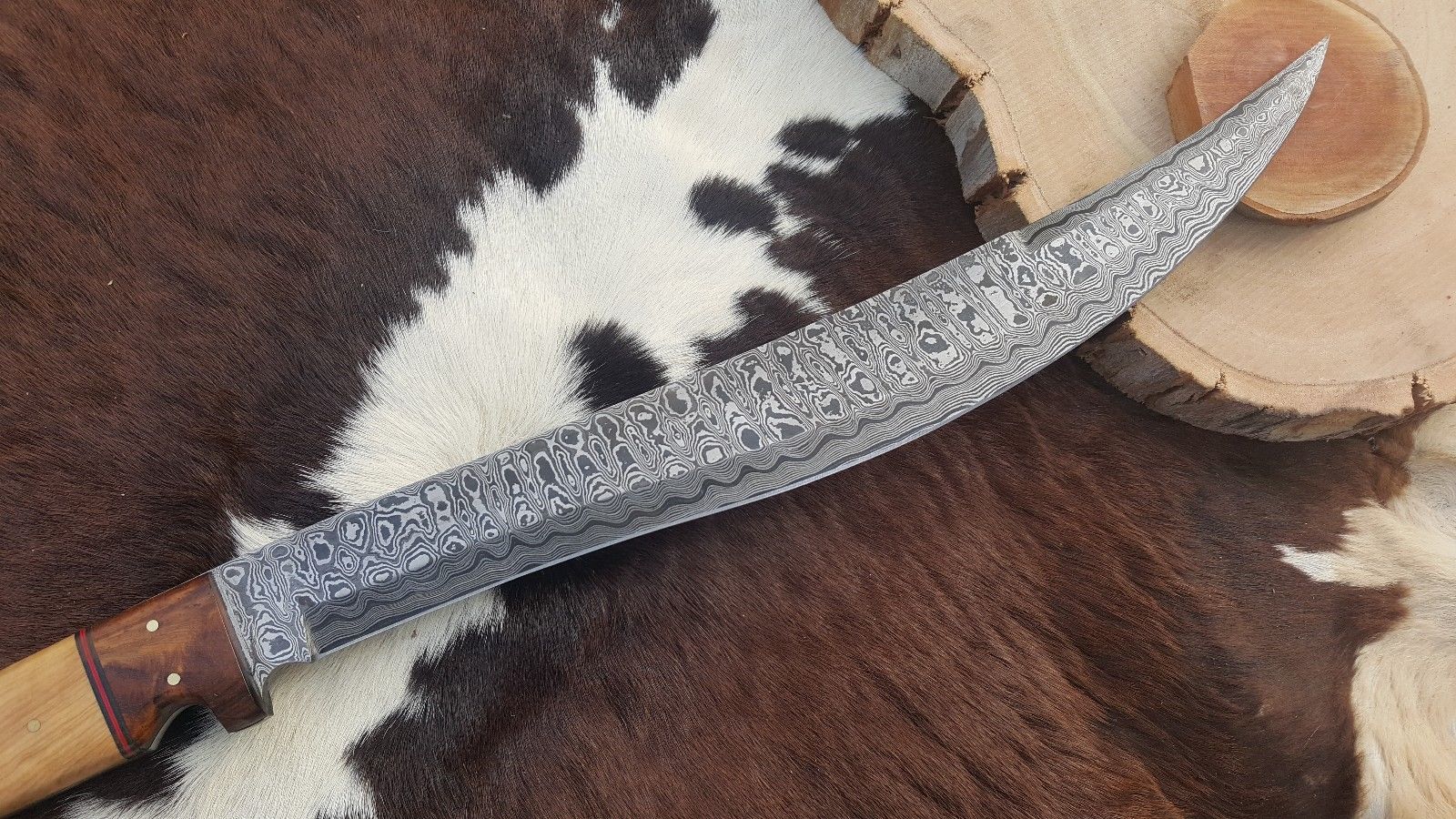
The two types of Damascus Steel
Damascus steel has a distinct wavy pattern. The Damascus steel with its combination of light and dark pattern is not only beautiful to look at but also has a keen edge, is hard and flexible. This is why weapons such as [Damascus steel sword](https://swordsswords.com/ancient-greek-infantry-damascus-steel-spatha-sword.html) is much more superior than weapons forged from Iron. There are two main types of Damascus steels
1. Cast Damascus steel
2. Pattern-welded Damascus steel.
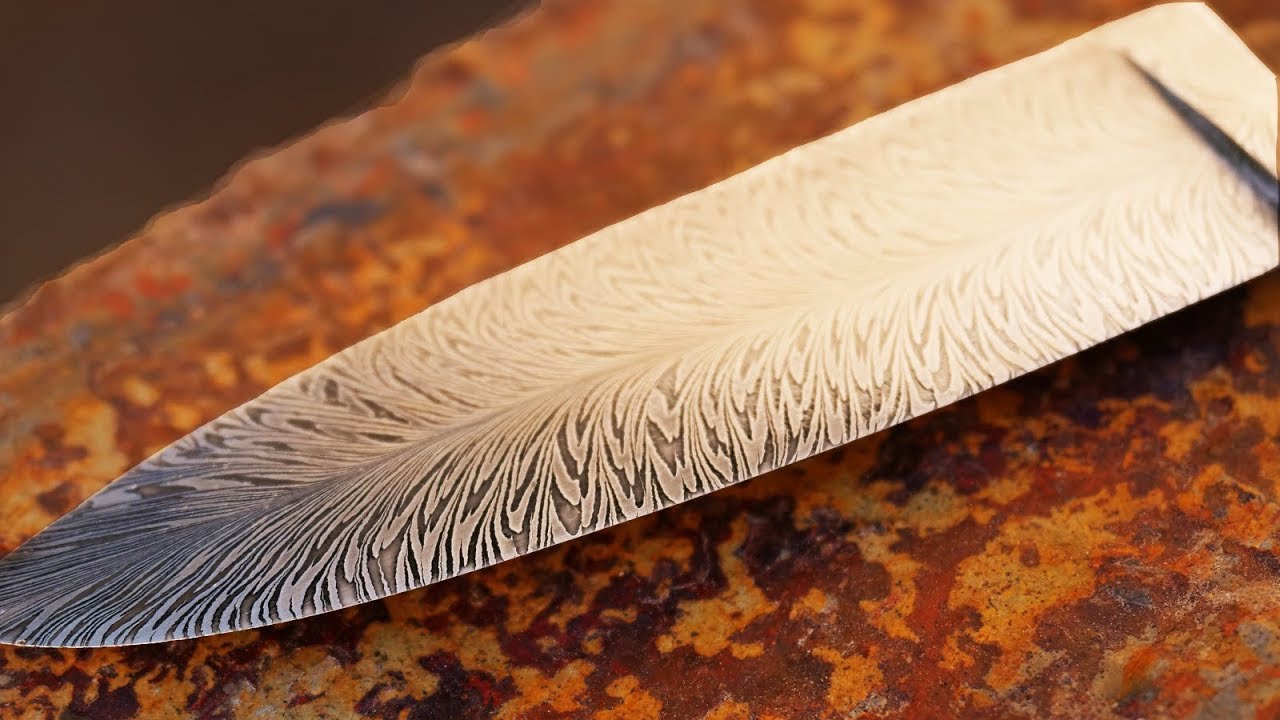
Cast Damascus Steel
The original Damascus steel was cast from wootz, the steel that originated in India over two thousand years ago, hence, no one has been able to exactly replicate the original method. Even though the production of wootz in India started even before the birth of Christ, its use in trade items became popular in the 3rd and 4rth century in Damascus, now modern Syria. As the Damascus steel making technique vanished in the 1700s, the source material for Damascus steel was also forgotten. That is why even after putting a lot of research and trying several reverse engineering methods, an exact replication of cast steel has not yet been made because of the inability to cast the same material.
Cast wootz steel required melting iron and steel together in the absence of oxygen. This caused the absorption of carbon from charcoal which upon cooling formed carbide crystals. Damascus steel was then made by forging this wootz into Damascus steel knives, swords, and other articles. A lot of skill is required to produce the distinct patterns as controlling the temperature in the process is very crucial.
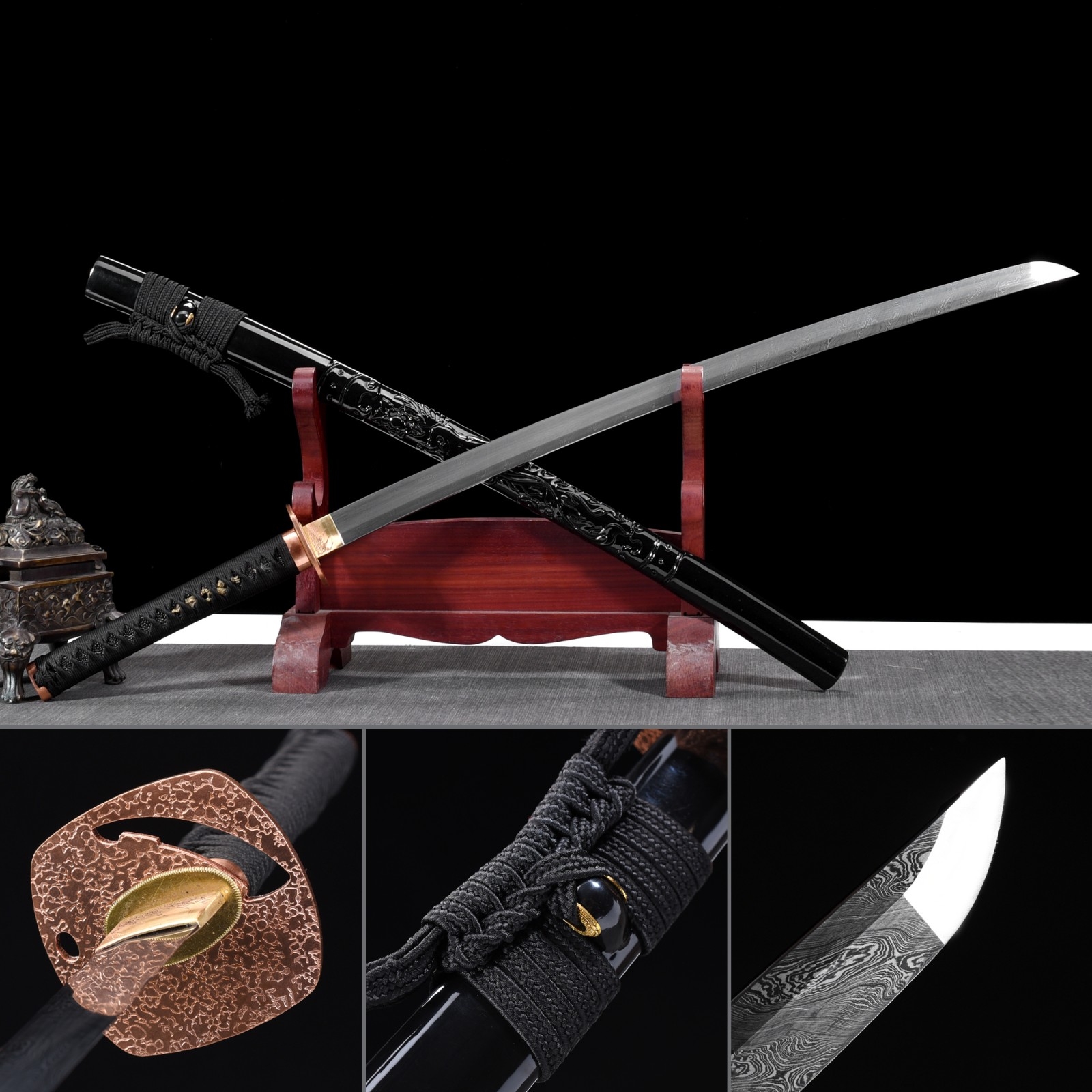
Pattern-Welded Damascus Steel
Objects made from pattern welded Damascus steel also have the unique pattern and possess the same qualities as the Cast Damascus steel. The steel is strong and flexible. This steel is made by forming a welded bond between iron and steel. The iron and steel are layered and then hammered on very high temperatures. During the process, the oxygen is kept out by using a flux sealing in the joint. The multiple layers give the steel its characteristic watery pattern.
Welcome to shop real Damascus steel swords at Spartan Blades Club
If you are looking for authentic and high-quality Damascus steel swords, you have come to the right place. Welcome to Spartan Blades Club, the online store where you can shop for real Damascus steel swords at affordable prices.
Whether you are a collector, a martial artist, or a fan of historical weapons, you will find something to suit your taste and budget here. We offer a wide range of Damascus steel swords, from Katana and Wakizashi to Longquan Sword and Dao. All our swords are handmade by skilled craftsmen using traditional techniques and materials. They are sharp, durable, and beautiful.
You can also customize your sword with different options such as blade length, handle color, guard design, and engraving.
Browse our catalog today and order your dream sword with confidence. We guarantee fast shipping and secure payment methods. Thank you for choosing Spartan Blades Club as your trusted source of real Damascus steel swords.


 USD
USD














